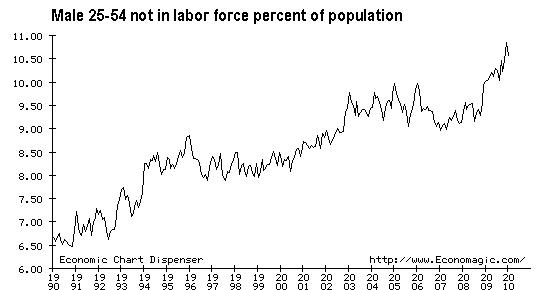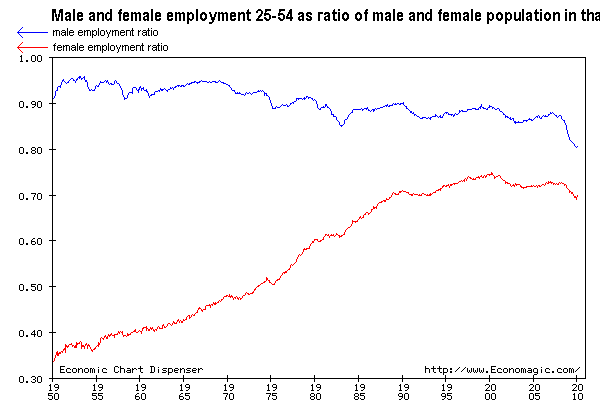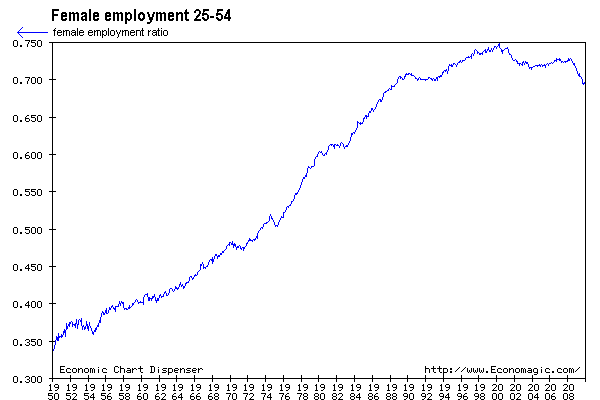The news-item.
A commentary.
On another matter, I want to preserve this timeline by Stan_S on BRF:
1) The deafening sound of gunshots broke the stillness of dawn on August 15, 1975 on road No 32 of Dhanmondi residential area. In less than an hour, the darkest chapter in the political history of Bangladesh was written on that fateful morning. Bangabandhu Sheikh Mujibur Rahman and the following members of his family were assassinated in three separate attacks: his wife Begum Fazilatunnessa, sons Sheikh Kamal, Sheikh Jamal and nine-year-old Sheikh Russel, daughters-in-law Sultana Kamal, Parveen Jamal, Bangabandhu's brother Sheikh Naser, brother-in-law Abdur Rab Serniabat, 13-year-old Baby Serniabat, Serniabat's son Arif, four-year-old grand son Babu, a visiting nephew, three guests, four servants, Sheikh Fazlul Huq Moni, a nephew of Bangabandhu, his wife Begum Arju Moni, and Bangabandhu's security chief Colonel Jamil Uddin Ahmed.
2) Khondaker Moshtaque Ahmad immediately took control of the government, proclaiming himself president. Several of the army officers, including Syed Faruque Rahman received promotions. Major General Ziaur Rahman was appointed as the army chief after removal of Major General Shafiullah. Khondaker also ordered the imprisonment of pro-Mujib leaders Syed Nazrul Islam, Tajuddin Ahmad, A. H. M. Qamaruzzaman and Muhammad Mansur Ali. He proclaimed the Indemnity Ordinance, which granted immunity from prosecution to the assassins of Mujib. Mujib's daughters Sheikh Hasina Wazed and Sheikh Rehana were barred from returning to Bangladesh from abroad.
3) Pro-Mujib officers Brigadier Khaled Mosharraf and the Dhaka Brigade under Colonel Shafat Jamil made a counter-coup on November 3, 1975, and Ziaur Rahman was forced to resign and was put under house arrest. Khondaker Moshtaque Ahmad was ousted from power on 6 November, 1975 and imprisoned.
4) A third coup was staged under Colonel Abu Taher and a group of socialist military officers and supporters of the left-wing Jatiyo Samajtantrik Dal on November 7, called the "National Revolution and Solidarity Day" (Sipoy-Janata Biplob) (Soldiers and People's Coup). Brigadier Khaled Mosharraf was killed and Colonel Jamil arrested, while Colonel Taher freed Ziaur Rahman and re-appointed him as army chief.
5) Following a major meeting at the army headquarters, an interim government was formed with Justice Abu Sadat Mohammad Sayem as chief martial law administrator and Zia, Air Vice Marshal M. G. Tawab and Rear Admiral M. H. Khan as his deputies. Zia also took on the portfolios of home affairs, finance, industry and information along with becoming the army chief of staff.
6) Fearing that Colonel Abu Taher, who in fact rescued him few months earlier, would attempt to organise another revolt, Zia ordered his arrest. Following a secret trial in a military court, Zia authorised the execution of Colonel Taher on July 21, 1976. Zia became the chief martial law administrator following Justice Sayem's elevation to the presidency on November 19, 1976.
7) Major General Ziaur Rahman became the 6th President of Bangladesh on April 21, 1977 following Justice Sayem's resignation on grounds of "ill health." The Indeminity Ordinance proclaimed by President Mustaque was ratified in the Parliament when Zia's party BNP had a landslide victory in the national elction of 1979. The ordinance thereby became Indemnity Act. He allowed Sheikh Hasina, the exiled daughter of Sheikh Mujibur Rahman to return to Bangladesh.
------
Interregnum with dances by Maj Gen Hossein Mohd Ershad following the assassination of Maj Gen Ziaur Rahman. During the tenure of President HM Ershad, the Indemnity Act was incorporated as the 5th amendment to the constitution. This is followed by BNP electoral victory in 1990 where nothing happens on the case-front.
------
9) Upon winning the elections in 1996, the Awami League, led by Mujib's daughter, Sheikh Hasina, repealed the Indemnity ordinance. The Bangabandhu murder trial commenced, and Faruque, and some other coup leaders were arrested. Rashid, however, escaped arrest as he was reportedly in Libya.
10) On November 8, 1998, Dhaka Sessions Judge Golam Rasul handed down death sentences to 15 of the 20 defendants in the case.
11) A division bench of the High Court comprising Justice Md Ruhul Amin and Justice ABM Khairul Haque on December 14, 2000, delivered split verdicts on death reference appeals in the case. First judge Justice Md Ruhul Amin upheld the death sentences of 10 and acquitted five -- Muhiuddin Ahmed, Ahmed Shariful Hossain, Md Kismat Hashem, Nazmul Hossain Ansar, and Moslemuddin. Second judge Justice ABM Khairul Haque upheld the death sentences of all 15 convicts.
12) On January 15, 2001, Justice Mohammad Fazlul Karim was appointed as the third judge to adjudicate the appeals. He delivered the final High Court verdict in the case on April 30, 2001, affirming the convictions and death sentences of 12 of the 15 defendants. The three that he acquitted are Md Kismat Hashem, Ahmed Shariful Hossain, and Nazmul Hossain Ansar.
13) Following BNP-alliance's victory in the 2001 elections and formation of the four party government, case again goes into suspended animation.
14) The third Caretaker government in Bangladesh history is formed after the tenure of the government of prime minister Khaleda Zia ended in October 2006. The Caretaker government of Dr. Fakhruddin Ahmed functioned without legislative authority as it continued to function after its scheduled tenure of 120 days ended on 12 May 2007.
15) On June 18, 2007, one of the conspirators who had been sentenced to death, Mohiuddin Ahmed, was extradited to Bangladesh from the United States. On August 07, 2007, the murder case hearing resumed after 6 years.
16) On September 23, 2007, a three-judge special bench of the Appellate Division comprising Justice Mohammed Tafazzul Islam, Justice Mohammed Joynul Abedin, and Justice Mohammed Hassan Ameen granted the leave to appeal petitions filed by the five convicts.
17) Convicts Lt Col (sacked) Syed Farooq-ur Rahman, Lt Col (retd) Sultan Shahriar Rashid Khan, Lt Col (retd) Muhiuddin Ahmed, Lt Col (retd) AKM Mohiuddin Ahmed, and Maj (retd) Bazlul Huda, who were behind bars, filed the appeals with the apex court in October 2007 against their convictions and death sentences by a lower court. On October 5, the Appellate Division started hearing the appeals on five points - whether Bangabandhu was killed along with most of his family members as a result of a mutiny in the army; whether the witness statements were contradictory; whether the delay in filing the first information report had been reasonable as thought by the lower court; whether there was any conspiracy behind the murders; and whether disposal of the death references appeals of six defendants out of 15 by the 3rd judge in the High Court was correct and legal.
18) The national election of Bangladesh was held on 29 December 2008 under the Caretaker government and Sheikh Hasina Wajed wins overwhelming majority.
19) After 34 years of the brutal killings of Father of the Nation Bangabandhu Sheikh Mujibur Rahman and most of his family members, the Appellate Division of Supreme Court [SC] finally delivers its verdict in the murder case on November 19, 2009.
----
20) Jan 28, 2009 -
Five of the murderers were executed (named in point 17. above).
"The government is now focusing on the six other convicted coup leaders who are fugitives abroad. They are Noor Chowdhury, believed to be in the US; Shariful Haq Dalim (Canada); Faruk’s brother-in-law Khandaker Abdur Rashid (Pakistan); M.A. Rashed Chowdhury (South Africa); Mosleuddin (Thailand) and Abdul Mazed (Kenya).
A 12th man sentenced to death, Abdul Aziz Pasha, died in exile in Zimbabwe."









